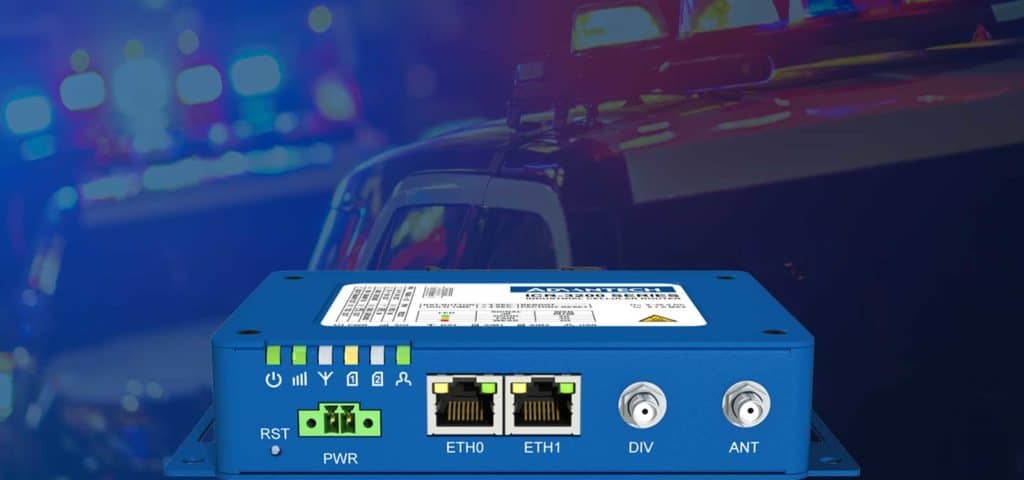Over the past few months, we’ve been talking to many law enforcement agencies about one common topic: upgrading their patrol vehicle router. Naturally, during the course of conversation, we’ve heard many questions. And chances are, if one agency has these questions, others probably do too. We’re here to answer these questions in this two-part blog series.
Don’t see your question? No worries. Just contact us here and one of our law enforcement support team members will be happy to follow up.
Today’s blog topic: Understanding the technical terms when upgrading your patrol vehicle router.

Q: Does my patrol vehicle have a router? Where is it installed?
A: Yes, your patrol vehicle has a router to provide you with a Wi-Fi internet connection. Patrol vehicle routers are typically installed inconspicuously in your trunk, which probably explains why you haven’t noticed it.
Q: What kind of devices can connect to a patrol vehicle router?
A: If your mobile device is Wi-Fi enabled, it will work. You can connect your in-car computer, MDT, laptop or tablet; license plate reader; video surveillance camera; GPS; and personal cell phone, to name a few examples.
Q: What does “gateway router” mean?
A: A gateway router connects your devices and internal network directly to a larger external network. The gateway provides a layer of protection and security to your network to prevent outsiders from infiltrating. The ICR-3241 is an example of a wireless gateway router for the patrol vehicle.
Q: What is provisioning?
A: Provisioning is an IT term that simply means preparing your IT infrastructure prior to device configuration, so that it can be accessed by authorized users. It’s a necessary part of IT setup.
Q: What does it mean to have dual-SIM capabilities?
A: A SIM card is used inside of a mobile device to provide access a network, including consumer networks like AT&T, T-Mobile, Verizon, as well as private networks like FirstNet™(a dedicated network for first responders). Dual-SIM indicates that one device can use two different SIM-cards to access two networks, switching between the two to maintain the very best service and coverage. Dual-SIM is often mentioned as smartphone feature, although other devices, such as Wi-Fi routers can have dual-SIM capabilities as well.
Q: What does “failover” mean and why is it important in a router?
A: Failover is a computer term that means there is equipment available on standby to automatically take over if the main equipment fails. You might understand it better by thinking of how an electric generator kicks on automatically in a grocery store when the power goes out. When it comes to a router, failover means that the router has dual-SIM capabilities, so that if one network were to fail, the other network would automatically take over. Essentially, failover ensures that you are always able to maintain network communications. If your current routers do not have a failover option, now might be the time to upgrade your in-vehicle router.
Q: What is Band 14?
A: Band 14 refers to a high-quality communications spectrum that is reserved strictly for first responders on the FirstNet® network. In simple terms, it may help to consider your personal cell phone. Depending on where you are and how many others are accessing the internet around you, your connection speed and quality might change. With Band 14 access, first responders are given exclusive access to the best connections and speeds, surpassing that of any “consumer-grade” internet spectrum. Click for more on FirstNet.
Q: What is the ICR-3241?
A: The ICR-3241 is a wireless gateway router for patrol vehicles that has dual-SIM capabilities and is FirstNet™ Ready to provide uninterrupted communications for first responders, even when public lines are down. We’ll expand on all the ICR-3241 has to offer in Part 2 of our FAQ series.
Still have questions on upgrading your patrol vehicle router? We’d love to hear from you.
FirstNet and the FirstNet logo are registered trademarks and service marks of the First Responder Network Authority. All other marks are the property of their respective owners.